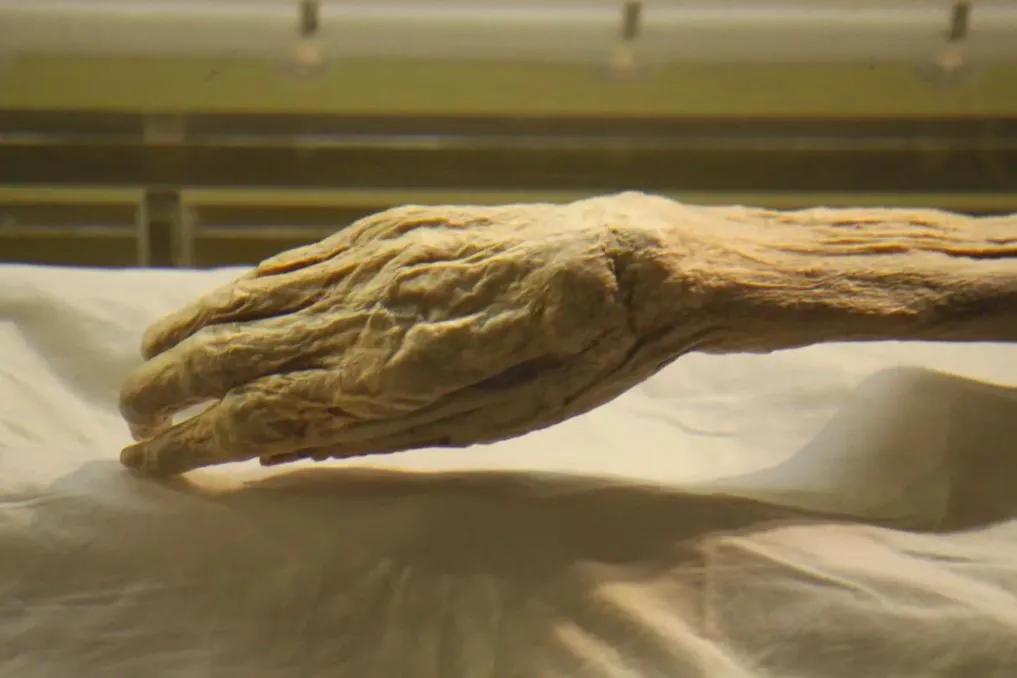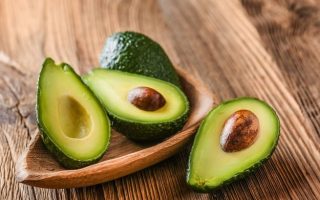Lady Dai has gone down in history as a mysterious figure in China for 2000 years. The secret of this ancient mummy, whose blood still flows through her veins even after her death, and whose hair and eyelashes are perfectly preserved, continues to surprise scientists. Found deep in her tomb and meticulously prepared to reduce the effect of bacteria, Lady Dai’s body continues to be a source of scientific and medical curiosity for future generations.
The Interesting Story of Lady Dai
Known as Lady Dai Xin Zhui‘s interesting story is based on his life in Dai Marquisate during the Western Han Dynasty. His tomb was discovered 2000 years after his death. On Mawangdui hill in China, It was found with hundreds of valuable artifacts and documents. But what surprised everyone was how incredibly well-preserved his body was, thousands of years after his death.
In 1971, workers in China’s Hunan Province discovered one of the world’s most spectacular archaeological sites. It contained three elaborate tombs. One of the tombs belonged to a wealthy government official who held the title of Marquis of Dai. Li KangThe other two graves belonged to his wife. Lady Dai and her sons was located.
The family lived during the Han Dynasty, which lasted from 206 BC to 220 AD. Although Lady Dai died around 163 BC, her nearly perfectly preserved body and the family’s funerary goods have allowed historians to learn important information about life in ancient China.

Dai Family Discovered Thanks to “Ghost Fire”!
The extraordinary archaeological find came about during an ordinary project. Workers in the city of Changsha were digging a pit for an air-raid shelter in the slope of Mawangdui Hill, a hill that held no special significance to the local people.
When the workers decided to take a smoke break, a shocking event occurred: their matches were suddenly ignited by a cold gust of air from deep inside the hill. Scientists discovered that the local people were called GUI Huo, or “ghost fire” was called to investigate this incident, which he called the Dai family. That’s when they came across the remains of the Dai family.
Archaeologists soon learned that the innermost coffins contained the remains of the marquise, his wife and son, while the outer coffins contained more than 1,000 valuable items prepared for the afterlife. The wealth of objects in Xin Zhui’s tomb “The Diva Mummy” earned his nickname.

Among the objects found by researchers 100 sumptuous silk garments, 182 pieces of expensive lacquerware and various makeup and beauty accessories It was thought that a respected woman in society would need servants, so her grave was 162 carved wooden statues Other family belongings placed in the tomb to please the Dai family included various polished wood and bamboo utensils, cooked food, vessels filled with wine and lotus roots, beans, fruit and vegetables There were basic foods such as.
With cloud pattern and on it “Please drink” There was even an elegant lacquer cup with the inscription: Among the other afterlife necessities placed in the grave: beautiful clothes, musical instruments, maps, and 28 books on medicine, astronomy, and spiritual life was also located.

Facts about the Life and Death of Lady Dai
More than 2,000 years after her death, Lady Dai’s autopsy has provided as much information about her life and death as a modern corpse. Scientists were able to examine her body in detail. Xin Zhui’s 138 melon seeds found in his stomach, indicating that he probably died during the summer months and died a few hours after eating the melon.
Pathologists discovered that she had health problems including various parasitic infections, blood clots, back problems and liver disease. However, it was her lavish and extravagant lifestyle that likely killed Lady Dai. Scientists believe that Xin Zhui He died at the age of about 50 due to heart disease. and they think a gallstone blocking his bile duct may have caused excruciating pain, possibly leading to his heart attack.

Even 2000 Years After His Death, His Skin Is Elastic, He Has Hair, Eyelashes and Blood in His Veins
Unlike the desiccated mummies found in ancient Egypt and elsewhere, Lady Dai’s remains are remarkably preserved, even 2,000 years after her death. his skin was supple, his hair and eyelashes were preserved, and his limbs and joints were still mobile. Researchers, They even found Type A blood in his veins.
Her autopsy revealed that all of her organs were intact and still moist. To this day, scientists are baffled as to how Lady Dai’s body was so well preserved. The temperature and humidity around the Yangtze River Valley are not normally ideal for preserving corpses. However, the Dai family tombs 12 meters deep into the hill, which kept the bodies relatively cool was placed.
Lady Dai’s body was found wrapped tightly in 20 layers of silk and placed in four coffins, each coated with a heavy varnish to prevent bacteria from decomposing the remains. Another oddity was that her body was found submerged in a slightly acidic reddish liquid. Scientists debate whether this liquid was placed to preserve the body or whether water molecules had accumulated in her coffin over the past 2,000 years.

The depth of the grave, along with the constant temperature and humidity, likely played a role in keeping Lady Dai’s body fresh, but not because her body contained blood, not embalming fluid. How the remains were preserved so perfectly is still a matter of debate.
Similar mysterious liquids have been found in other tombs of wealthy Chinese citizens, but none of these bodies were as well preserved as Lady Dai’s. Perhaps China’s ancient mortuary makers had perfected their techniques by the time of her death. While experts are unable to provide a definitive answer to how Xin Zhui’s body was so well preserved, it has been suggested that a secret liquid was injected into her body in the hopes of preserving it for future generations.
To join our WhatsApp group CLICK!



